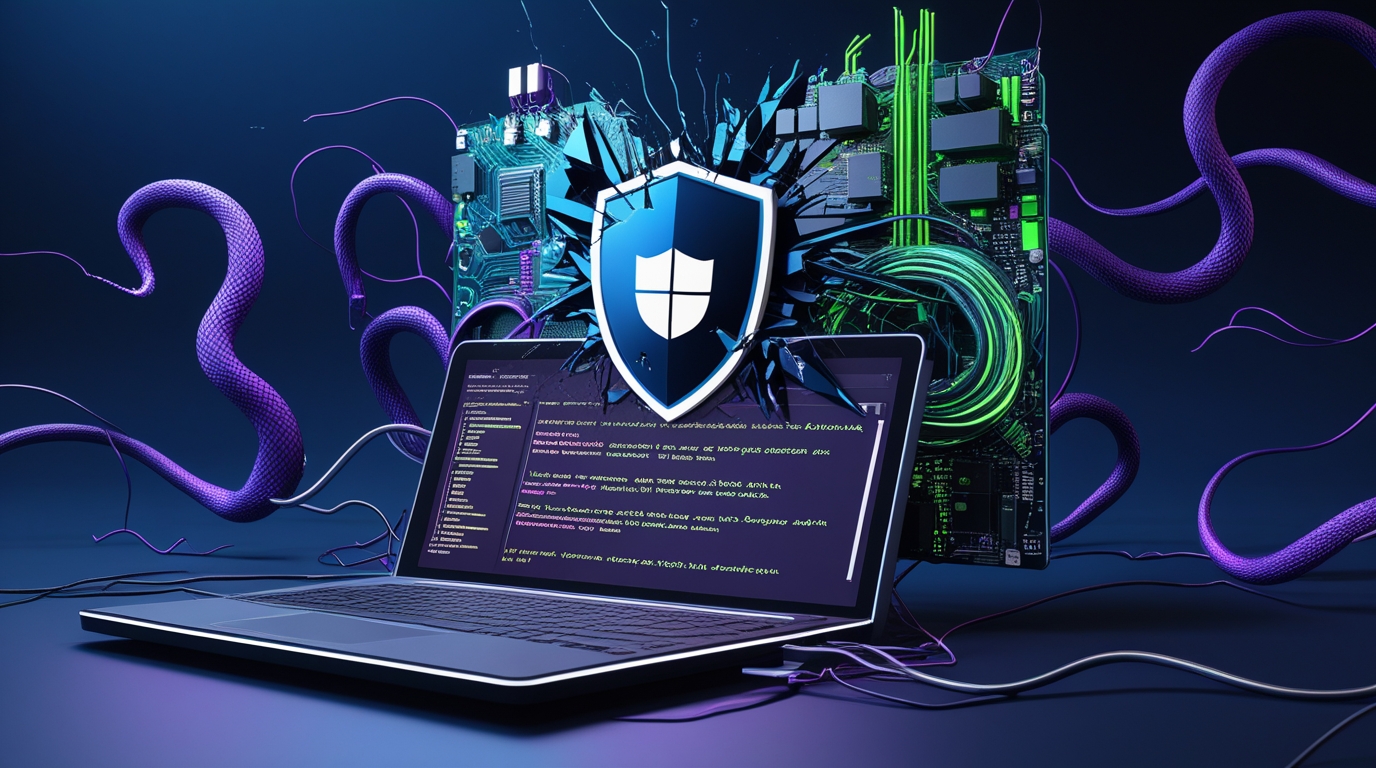New Sophisticated Attack Weaponizes Windows Defender to Bypass EDR
In the ever-evolving landscape of cybersecurity, threat actors continue to develop creative methods to exploit vulnerabilities and evade detection. One of the latest and most concerning developments involves a novel attack technique that weaponizes Microsoft’s built-in Windows Defender to bypass Endpoint Detection and Response (EDR) solutions. This sophisticated attack underscores the need for continuous vigilance and innovation in the cybersecurity community.
Understanding the Attack
At its core, this attack leverages the legitimate capabilities of Windows Defender to execute malicious payloads without triggering security alerts. By abusing native tools, attackers can blend in with normal system operations, making it exceedingly difficult for security teams to detect malicious activity.
The method exploits Microsoft Defender’s Command-Line Interface (CLI), specifically using commands that are intended for legitimate administrative tasks. By chaining commands and obfuscating scripts, attackers can:
- Inject malicious payloads: Using the built-in scripting capabilities of PowerShell and other tools, attackers can deliver and execute malicious code directly through Windows Defender.
- Evade EDR solutions: Since Windows Defender is a trusted application, its activities often go unnoticed by many EDR systems, allowing attackers to operate undetected.
- Achieve persistence: By abusing Windows Defender’s scheduled scans and exclusions, attackers can maintain a foothold on the compromised system.
Why This Attack is So Effective
- Trust in Built-in Tools: Windows Defender is a core part of the Windows operating system, widely trusted by users and security systems alike. This trust creates a significant blind spot for many EDR solutions.
- Low Overhead for Attackers: Unlike traditional malware, which requires custom binaries or external files, this method leverages tools already present on the system. This minimizes the need for attackers to download additional payloads, reducing the chance of detection.
- Obfuscation and Polymorphism: Attackers often use obfuscated scripts and dynamic techniques to ensure their commands appear benign. This level of sophistication makes it harder for static signature-based detections to flag malicious behavior.
Mitigation Strategies
To counter this emerging threat, organizations need to adopt a multi-layered defense strategy. Here are some key steps:
- Enhance EDR Capabilities: Ensure that your EDR solution can monitor and analyze the behavior of trusted applications like Windows Defender. Behavioral analytics and anomaly detection are critical.
- Implement Application Control: Use tools like AppLocker or Windows Defender Application Control (WDAC) to restrict the execution of unauthorized scripts and commands.
- Audit Windows Defender Usage: Regularly review logs and configurations to detect unusual activities, such as unexpected exclusions or unusual scan schedules.
- Educate Employees: Conduct regular training sessions to raise awareness about sophisticated attack techniques and the importance of maintaining security hygiene.
- Update and Patch Systems: Ensure that Windows Defender and all other software are updated to their latest versions, as vendors frequently release patches to address known vulnerabilities.
The Broader Implications
This attack is a reminder of the dual-edged nature of legitimate tools. While built-in utilities like Windows Defender are invaluable for system maintenance and security, they can also be weaponized by adversaries. As cybersecurity professionals, we must balance the benefits of these tools with the risks they pose when misused.
The sophistication of this attack highlights the importance of adopting a proactive and adaptive approach to security. Organizations should not only focus on detecting known threats but also anticipate and mitigate novel attack methods.


